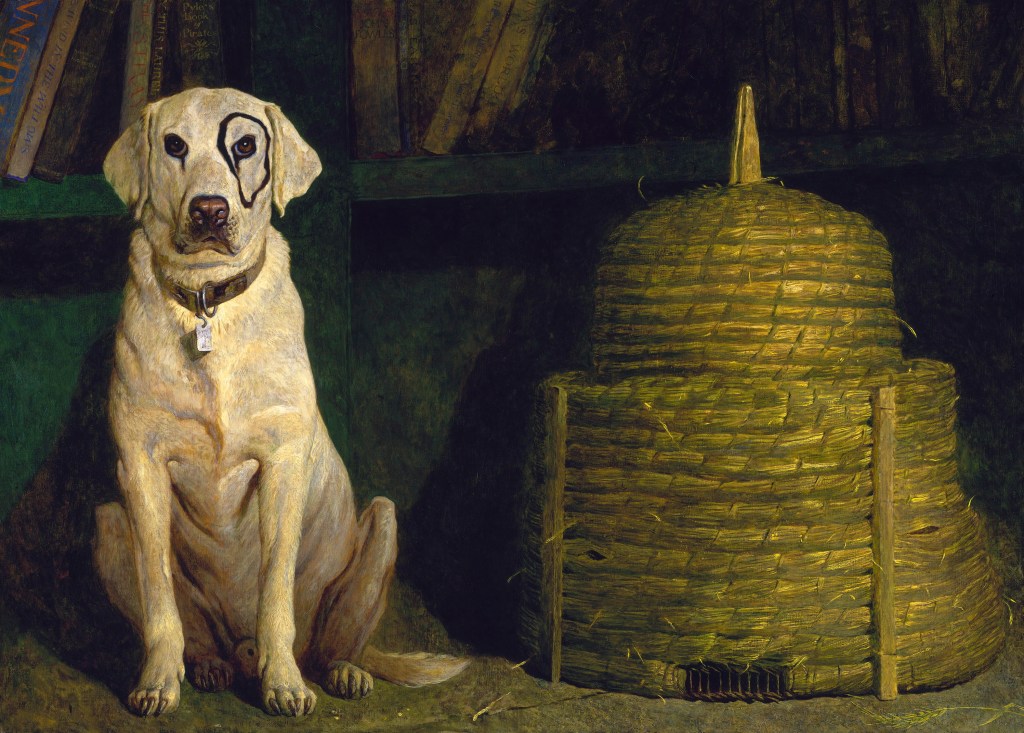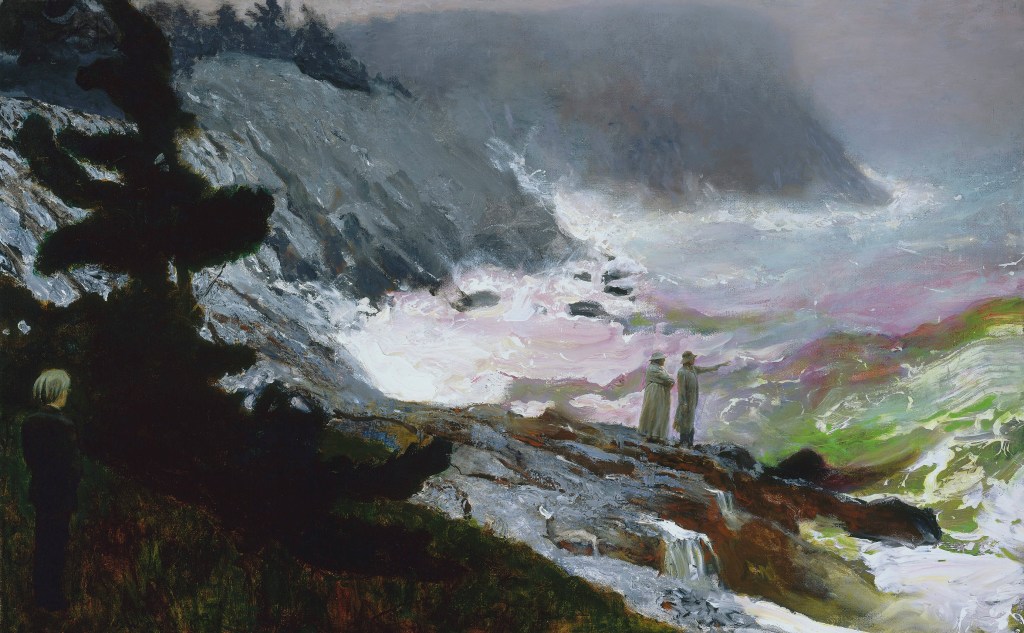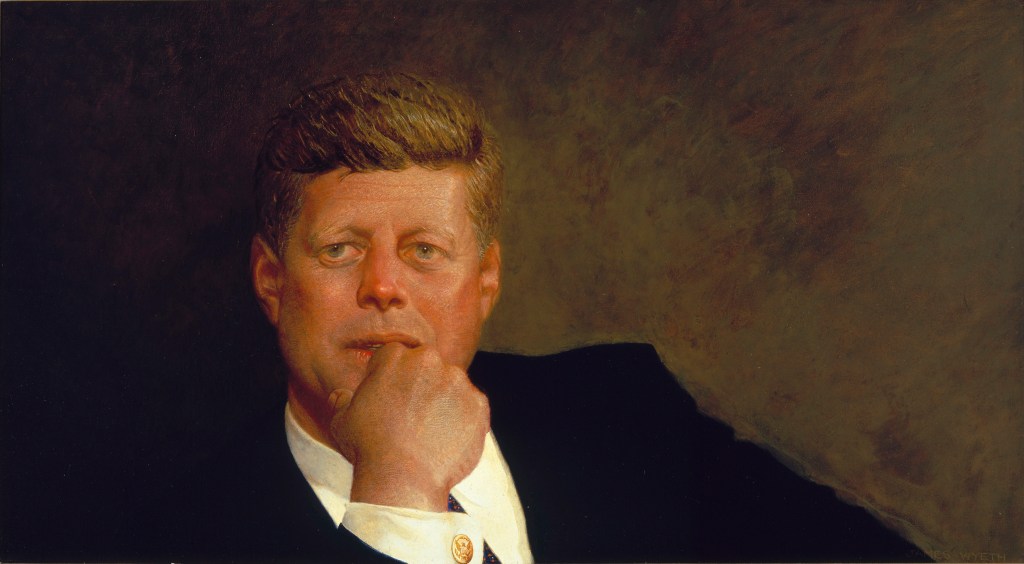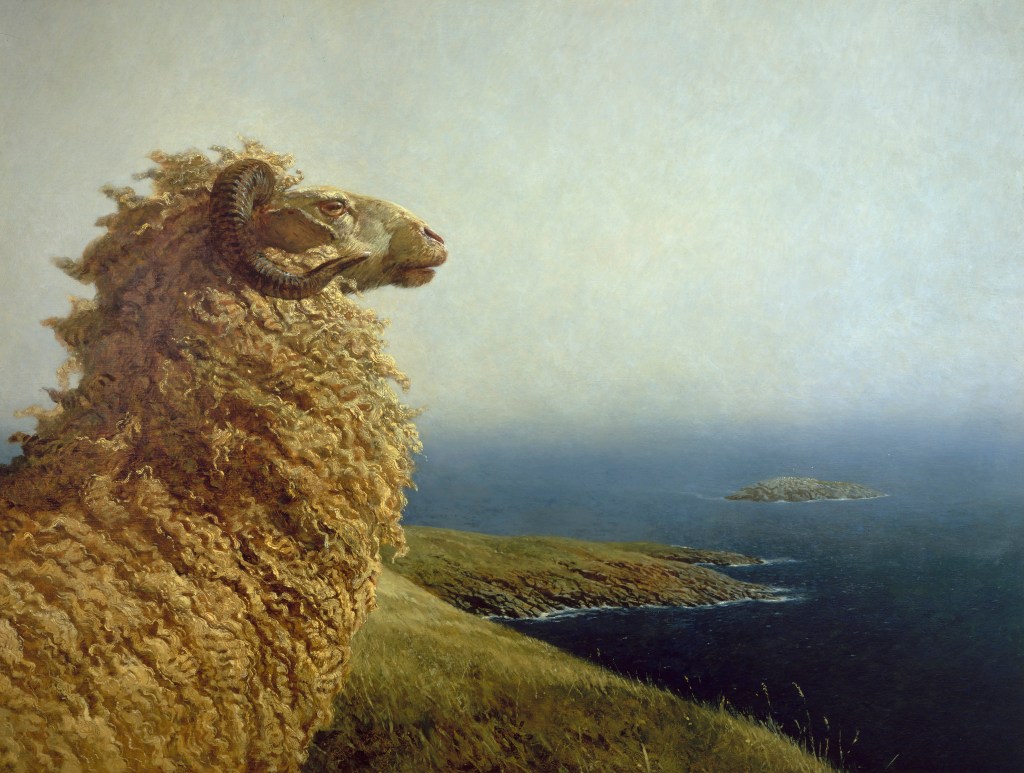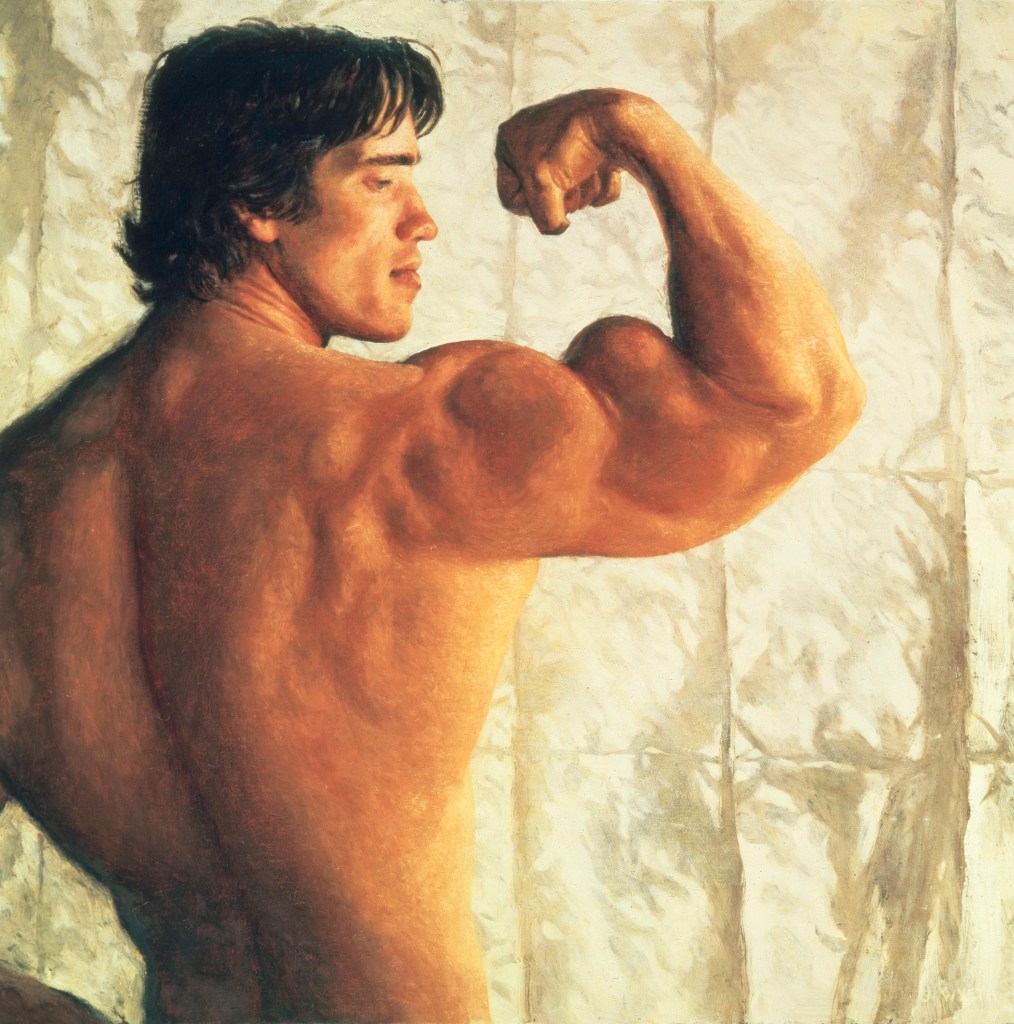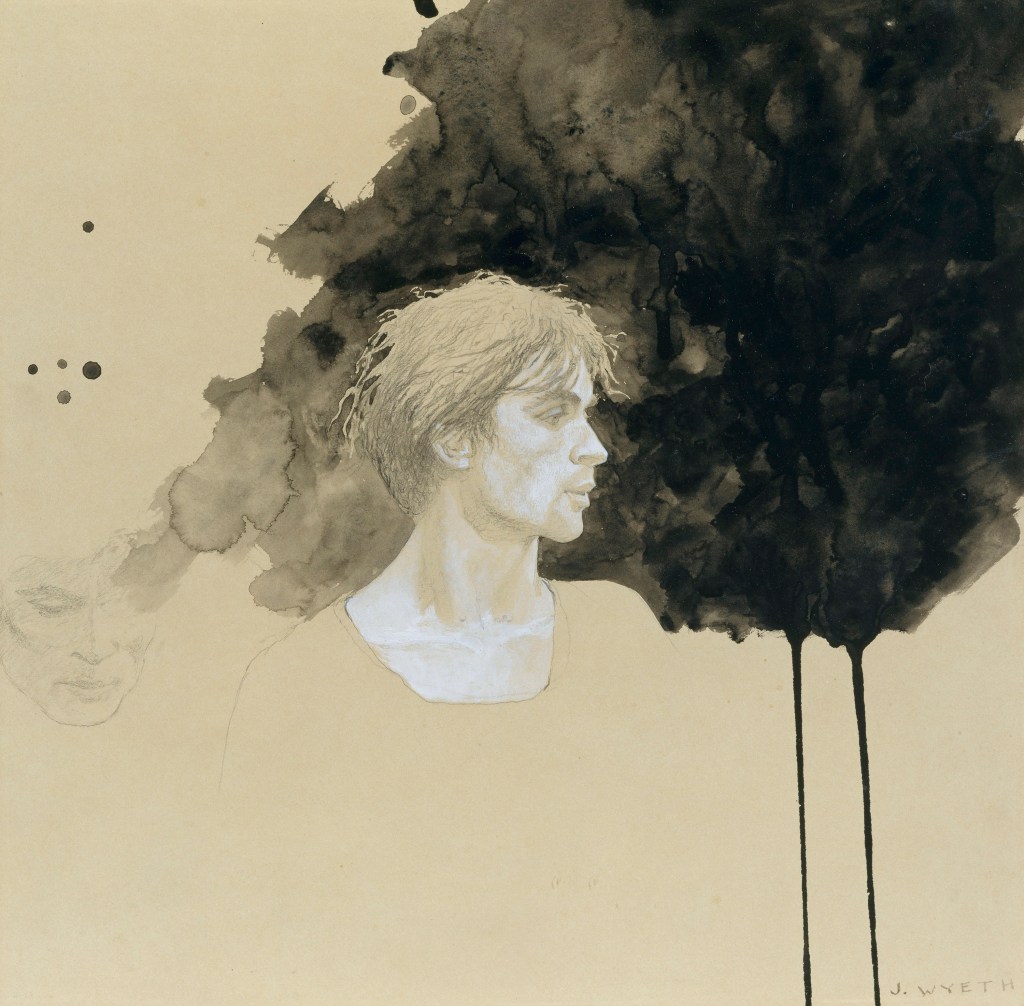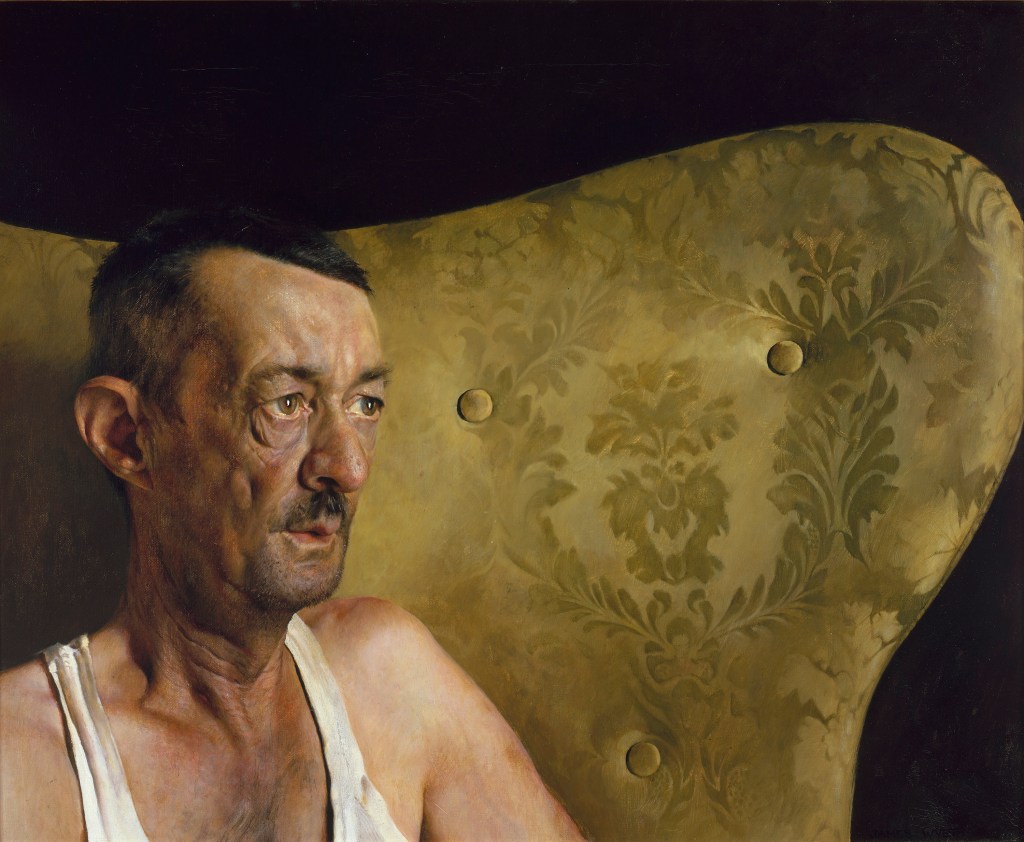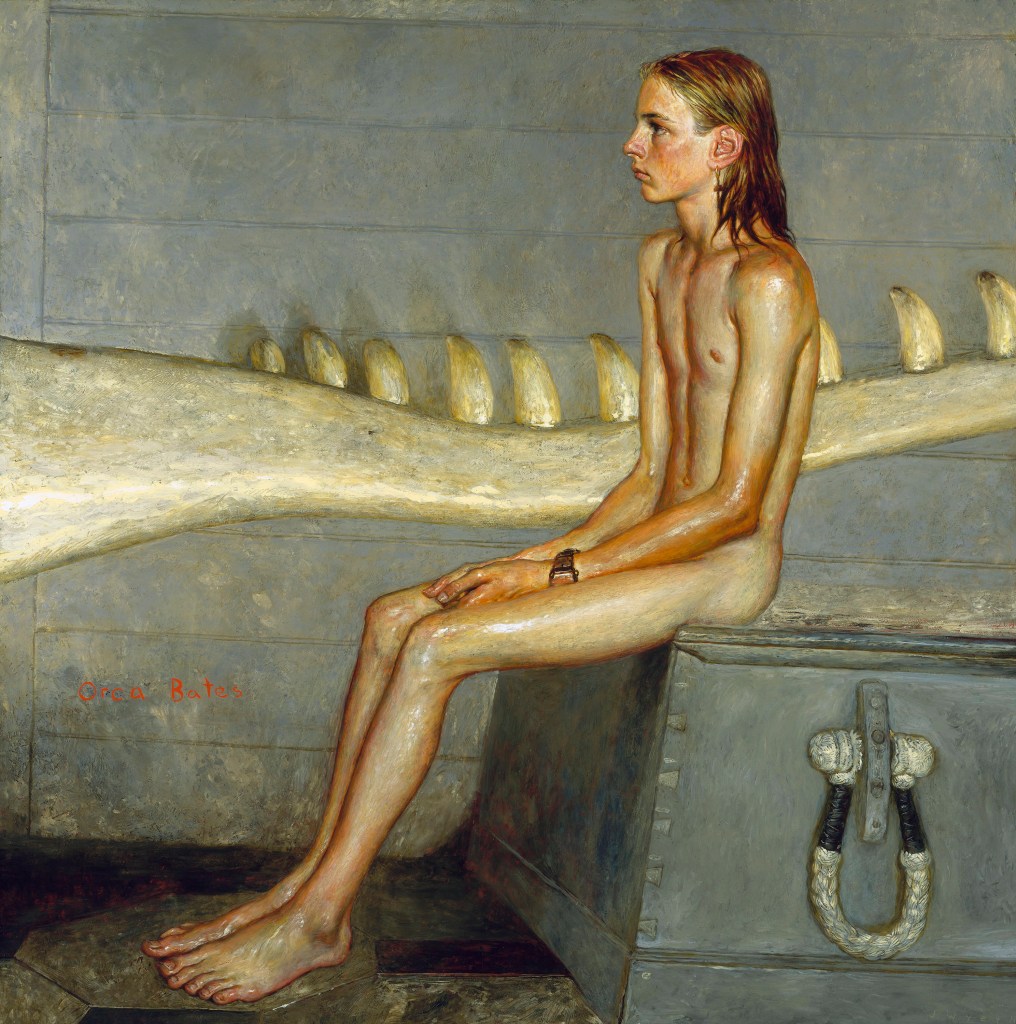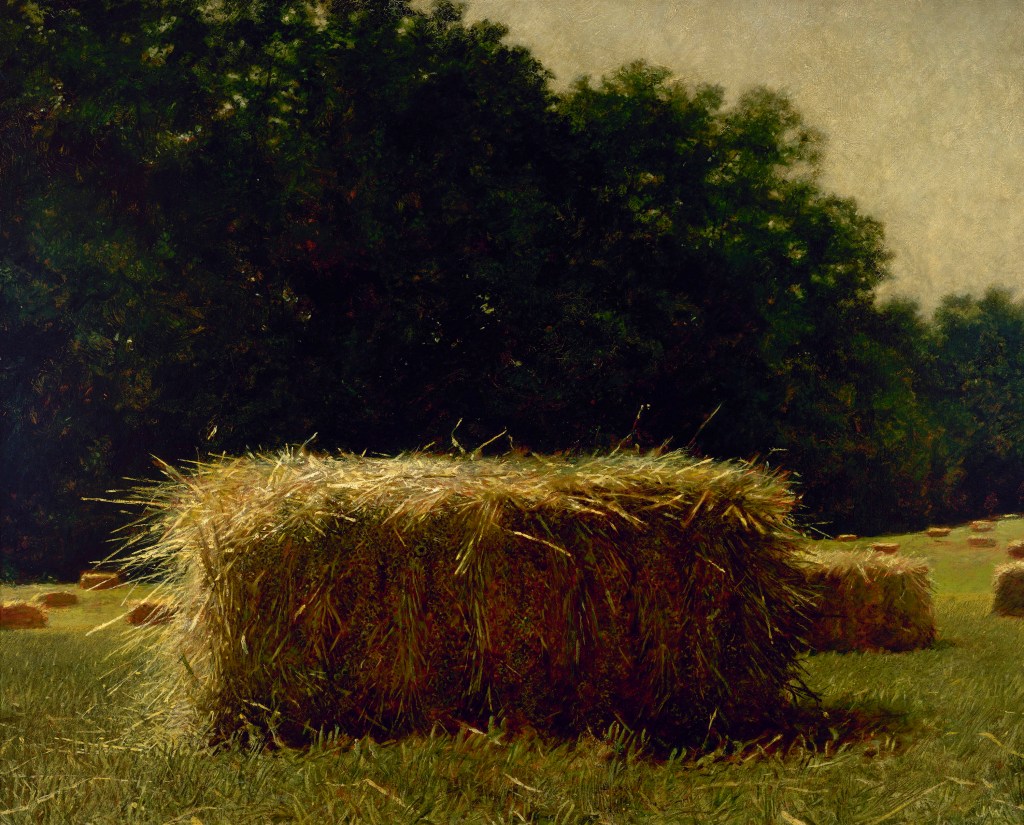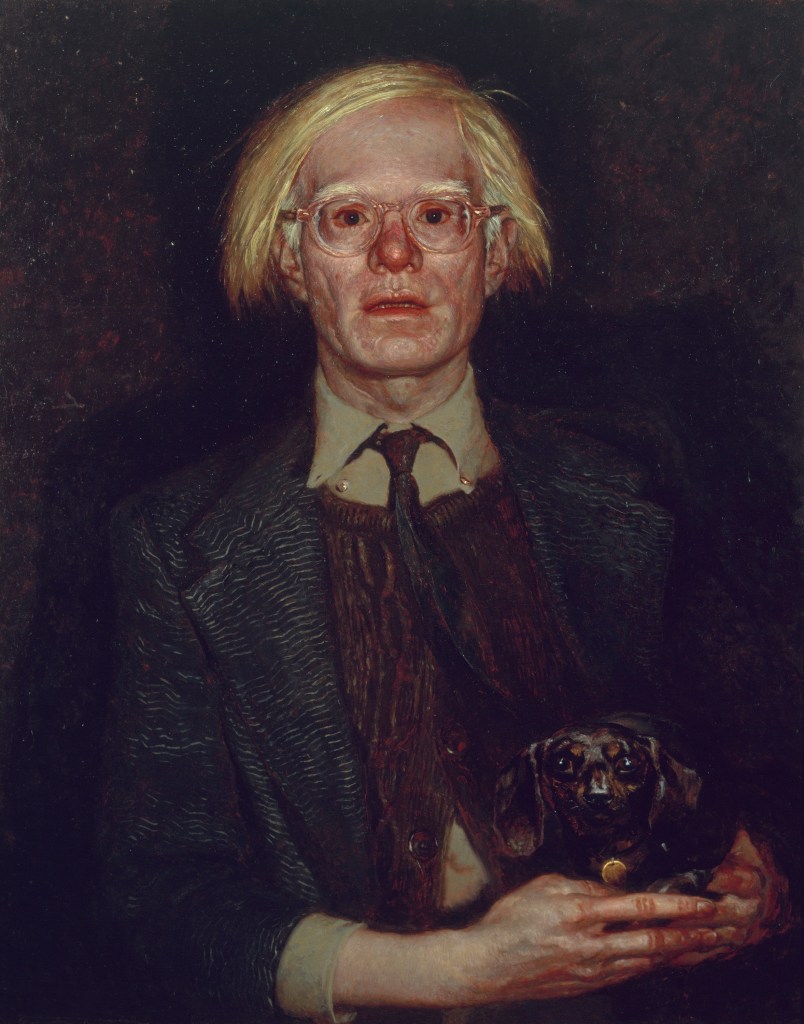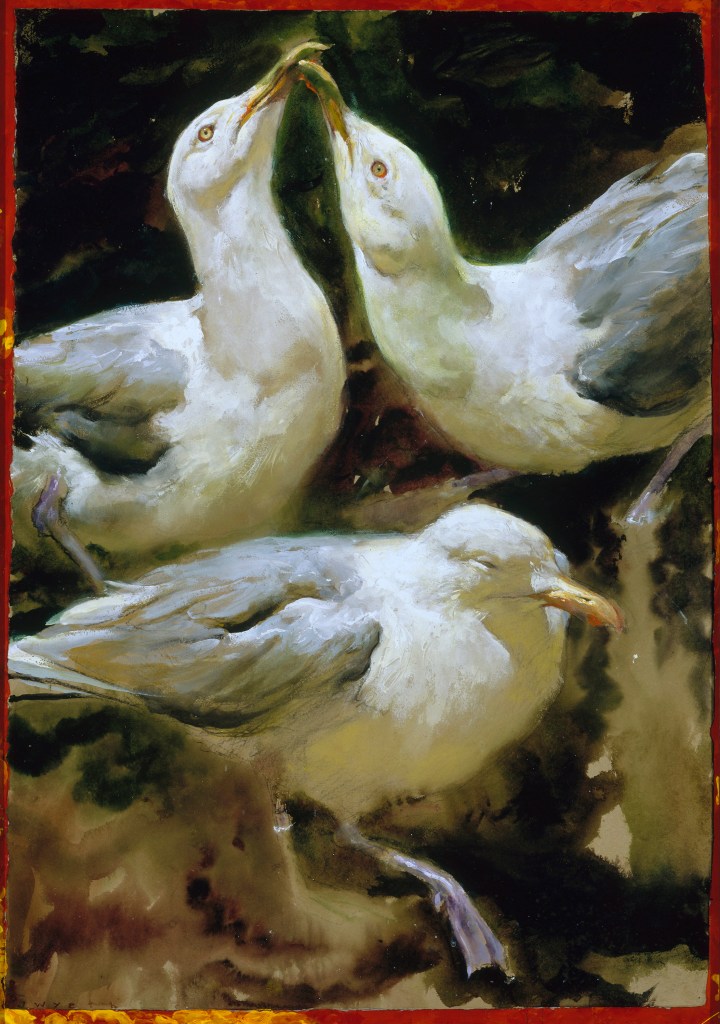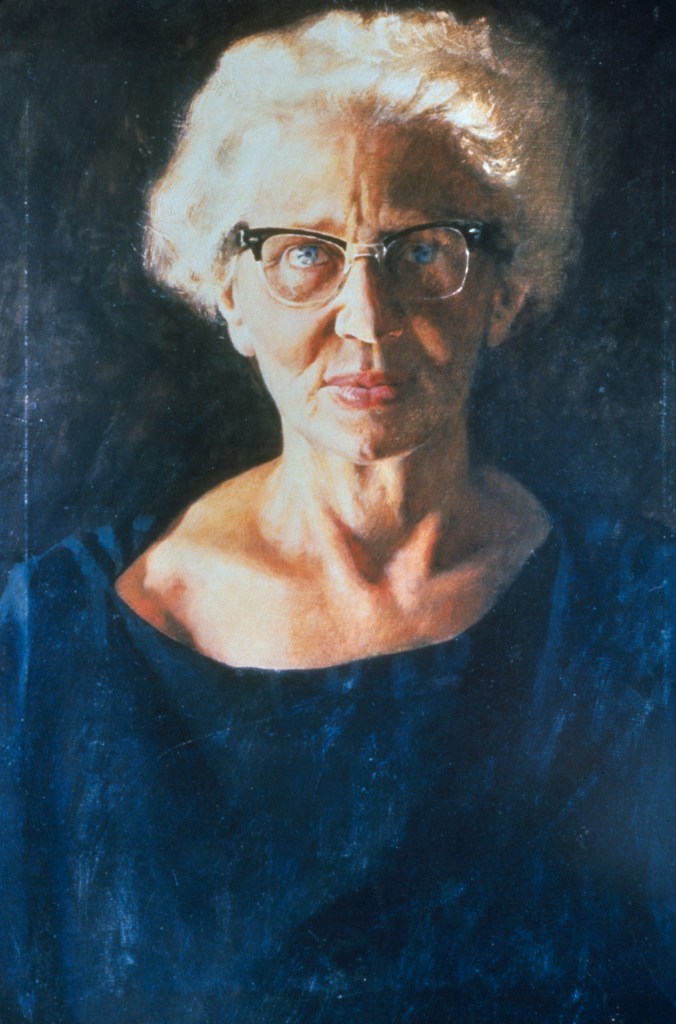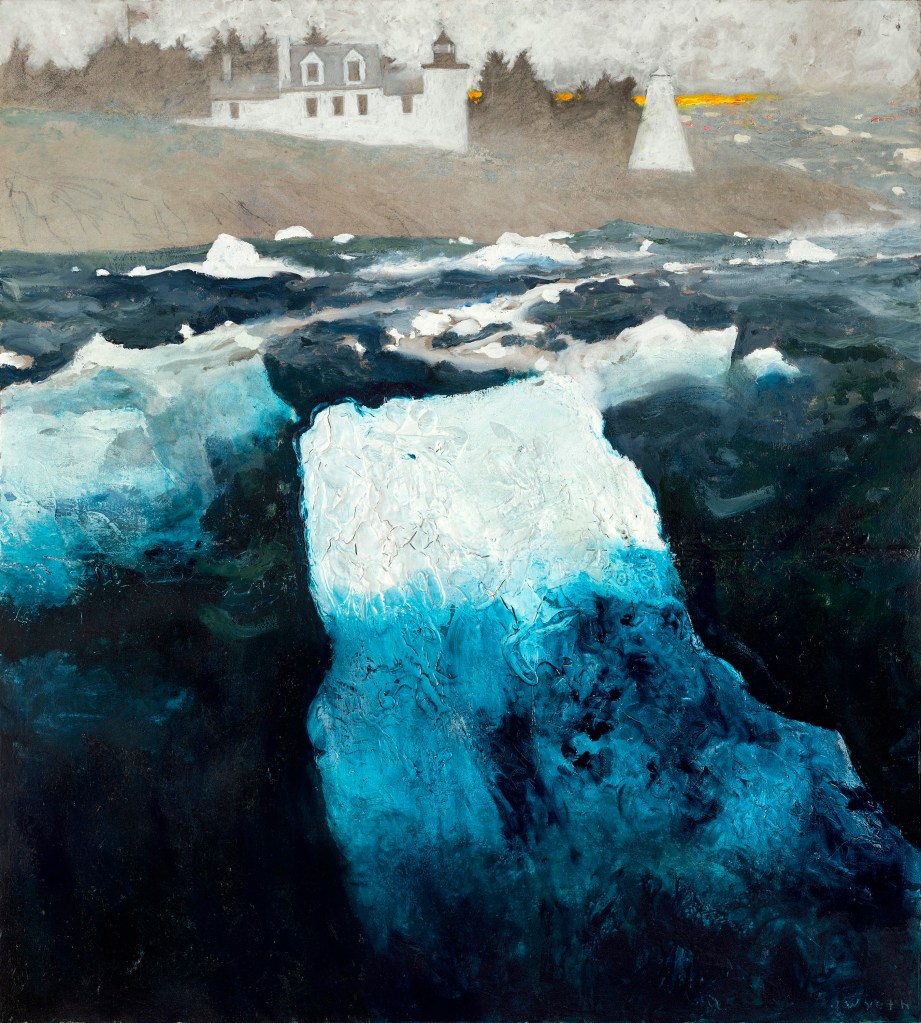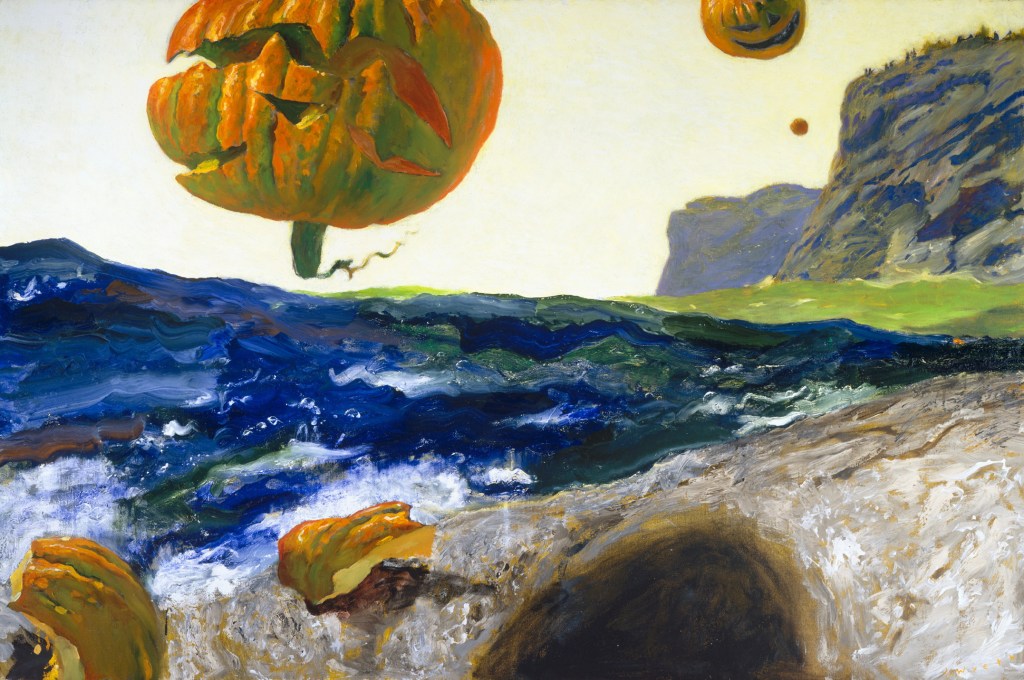BOSTON — Jamie Wyeth was just a teenager when the Kennedy family asked him to paint of portrait of the late John F. Kennedy.
Wyeth declined. The prospect, he said, “scared the hell out of me.”
He reconsidered a year or two later, and won the family’s approval of his request to spend time with Bobby and Teddy Kennedy, so he could observe their mannerisms and learn more about the late president, who was killed by an assassin’s bullet in 1963.
He made scores of drawings of the brothers, studying their expressions, their eyes and their teeth.
Wyeth completed the JFK portrait in 1967 as a 20-year-old, revealing the late president in a pensive, serious mode, a hand at his chin with one eye fixed on the viewer, the other gazing in the distance.
Kennedy’s widow appreciated the realistic likeness of her late husband. But the family wasn’t pleased. Robert Kennedy, especially, hoped for something grander and perhaps more flattering of his deceased older brother.
Wyeth, then 20, was stung by the criticism. “How could you do that to our president,” he was asked.
“You have to remember,” Wyeth said last week at the opening of a retrospective exhibition of his work at the Museum of Fine Arts, “this was back in the ’60s, and everybody’s vision of JFK was this blond, blue-eyed martyr.”
The late president was neither blond nor blue-eyed, and Wyeth portrayed him as he saw him.
The painting, “Portrait of John F. Kennedy,” is among the earliest works in the exhibition, simply titled “Jamie Wyeth.” It is on view through Dec. 28, and gives Wyeth a high-profile show that will travel around the country. As he noted during a gallery walk-through, most retrospectives are reserved for dead artists. “I am thrilled obviously to be in this museum and to be alive,” he laughed.
He showed up for the press opening with his wife, Phyllis, and brother Nicholas. Wyeth cut a memorable pose, dressed in knickers and high blue socks patterned with what appeared to be heavenly constellations in yellow. A shock of thick brown hair belied his 68 years. He claimed to feel “a bit like a jackass” talking about this work, but clearly delighted in telling the stories behind his paintings.
He called these paintings his obsessions. He rarely finishes a painting and moves on, but returns to a subject or theme until he explores it fully, often over many years – or in the case of his wife, a near-lifetime together.
“I only paint things that I’ve known,” he said. “What I want to paint are faces I have known or trees that I have grown up in.”
As the Kennedys are to politics, the Wyeths are to art: A first family with blood lines and pedigree.
The son of Andrew Wyeth and grandson of N.C. Wyeth, Jamie is a third-generation painter who has stepped out from his family’s formidable reputation to create a body of work that is unique and individualistic, said curator Elliot Bostwick Davis. He shares subjects common with his late father, and sometimes uses props that his grandfather used, but his vision is formed by his own views of the world and his expression in paint, she said.
The Kennedy portrait stands as an example of the kind of painting Wyeth has done over six decades. Working mostly in Maine and his family home at Chadds Ford, Pennsylvania, Wyeth seeks the difficult truth of his subject, whether making a portrait of a friend or colleague, or depicting island life off the coast of Maine.
Davis arranged the exhibition mostly chronologically. There are drawings Wyeth made when he was as young as 3 or 4, up through paintings that he completed last year. The Kennedy portrait is among the earliest finished works on view.
In all there are about 100 paintings and works on paper in the exhibition. There are two sculptural dioramas, illustrations from picture books that he’s done and stamps that he made for the U.S. Postal Service.
FAMILY DOGS AND ANDY WARHOL
The show also includes small paintings of various family dogs, which Wyeth has made as gift for friends at Christmas.
He spent two years with Andy Warhol, befriending him, studying him and painting him. He was attracted to Warhol’s Halloween-like quality – a pale, frail and unhealthy-looking man. Among the portraits in this show is one of Warhol with a pimpled face, holding a small dog. Most people, Wyeth surmised, would have tossed the painting in the trash. But Warhol seemed to appreciate it.
There’s also a painting of a young Arnold Schwarzenegger flexing a prodigious bicep and a drawing of dancer Rudolf Nureyev, fully nude and hiding nothing.
Just as it is in Wyeth’s life, Maine is a looming presence in these galleries.
The artist spends a lot of time on Monhegan Island, living in a house once owned by a painting hero of his, Rockwell Kent. He prefers the winters, not the height of summer when the island is full of camera-toting painters who mostly want to capture bucolic scenes.
“Maine has produced more bad painting than probably any state around,” Wyeth said, deriding as “emblematic” much of the work coming out of Maine these days.
Wyeth paints the garbage as it is being incinerated or the gulls jousting for an afternoon meal at the island’s one-room schoolhouse. He is interested in the layers beneath the surface and the island’s dark moods. “There’s a little more depth and a little more angst going on,” he said.
He also paints his dreams.
He woke up in the middle of the night several years ago, made several quick drawings of gulls, and wrote the word “sin” on a scrap of paper. When he awoke again that morning, he embarked on a series of gull paintings that portrayed the Seven Deadly Sins. Gulls, he said, are nasty scavengers, cannibalistic. “That’s the quality I am in love with,” he said.
He also has a painting of Andy Warhol, Winslow Homer, his father and grandfather standing at the Headlands of Monhegan. The vision came to him in a dream. He made three paintings in that series, including one with just his father and grandfather.
The paintings are dark and gloomy, with a churning sea, jagged rocks and dangerous cliffs. These are the ghosts of men who have influenced him, standing together in a place that is dear to him.
“Just to show how strange they are, Stephen King owns one of them,” Wyeth said.
One of Wyeth’s favorite paintings is a picture of a hay bale, from Chadds Ford. He obsessed over “Bale” for weeks, covering the bale at night so the individual straws wouldn’t wilt with the weight of dew or somehow change their shape and visual composition.
When he finished it, he invited his farmer neighbor to view the painting.
“He walked in and looked and said, ‘When did you get the John Deere baler,'” Wyeth recounted. “He knew exactly the machine that had made it. That to me was the highest compliment.”
Send questions/comments to the editors.


